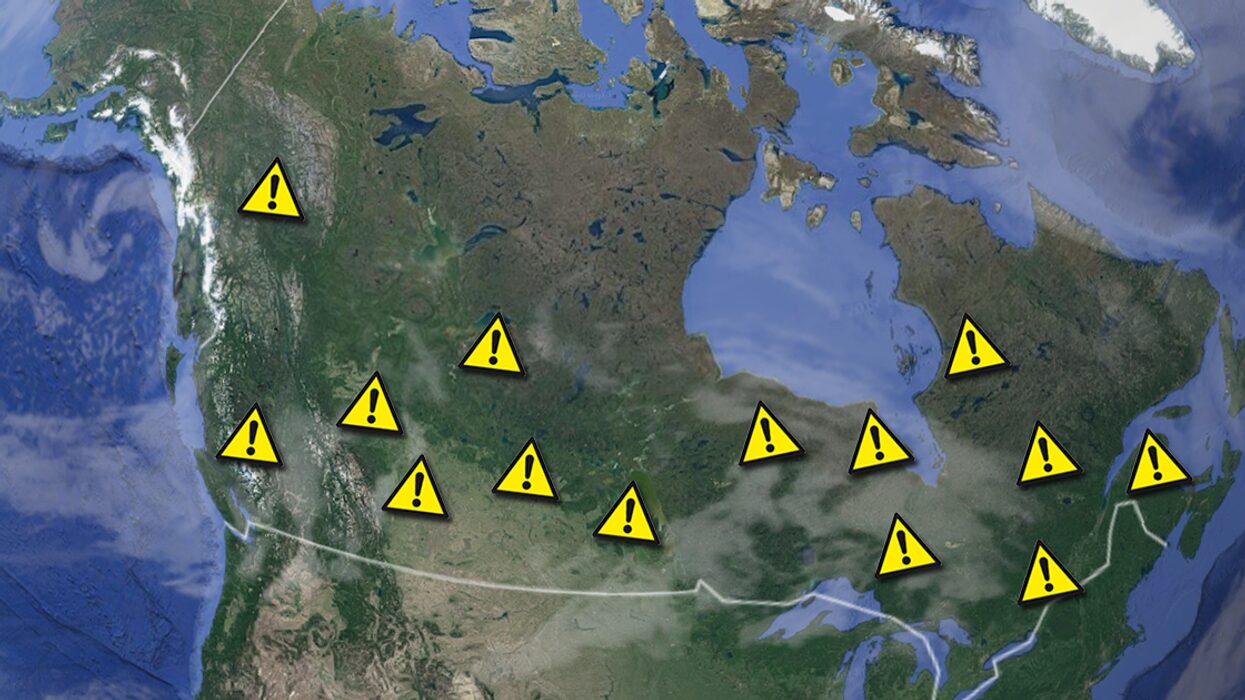When people think of Canada, the danger of living there is hardly an issue. After all, it’s ranked as the 6th safest country globally. But even a haven can have its danger zones. So, which province holds the undesirable title of the most dangerous in Canada?
Canada is renowned for its friendly demeanor and safety. However, it’s essential to recognize that certain areas have significantly higher crime rates. By understanding these areas, residents can take measures to ensure their safety.
Canadian Crime Statistics
According to Statistics Canada, the National Statistical Office provides detailed data on incidences of crime across Canada each year. The most recent data indicates a decline in crime rates, which many attribute to the pandemic’s impact. However, some provinces continue to show high crime rates, some are great to live in.
Crime Severity Index (CSI)
According to Statistics Canada, the Crime Severity Index (CSI) is a measure that takes into account both the volume and seriousness of police-reported crimes. While the national average CSI score for Canada is 79.45, Saskatchewan’s score is a staggering 148.18, almost double the national average.
- Violent Crime Severity Index (VCSI): Canada’s VCSI score stands at 89.67, but Saskatchewan’s is 170.97.
- Non-violent crimes: In Saskatchewan, the score is 139.63.
- Youth crime: The province has a score of 109.54.
- Homicide rate: The national rate is 1.8 for every 100,000 people, but Saskatchewan’s rate is 4.68, with 55 homicides reported in 2019.
Why is Saskatchewan the Most Dangerous?
Saskatchewan, often known for its vast landscapes and rich cultural heritage, has recently been in the spotlight for a less favorable reason: its crime rate. Let’s delve deeper into the factors that contribute to its title as the most dangerous province in Canada according to Global News.
High Crime Rate

The Crime Severity Index (CSI) is a pivotal tool in understanding the crime landscape of a region. It takes into account both the volume and the seriousness of police-reported crimes.
- CSI Score: Saskatchewan’s CSI score is alarmingly high, almost double the national average. While Canada’s average stands at 79.45, Saskatchewan’s is a staggering 148.18.
- Violent Crime Severity Index (VCSI): This index specifically measures violent crimes. Saskatchewan’s VCSI is 170.97, which is notably higher than Canada’s average of 89.67. This indicates a significant prevalence of violent crimes in the province, from assaults to more severe offenses.
Rise in Crime
A concerning trend in Saskatchewan is the consistent rise in crime rates, which have been increasing at a pace faster than the national average.
- Overall Crime Rate: While Canada saw an increase of 5.05% in its overall crime rate, Saskatchewan’s crime rate rose by 5.40%. This consistent rise indicates underlying issues that need to be addressed.
- Violent Crimes: The province witnessed a 21.21% rise in violent crimes, a stark contrast to the national average increase of 7.30% according to CBC.
Dangerous Cities
Several cities in Saskatchewan have unfortunately made it to the list of the most dangerous cities in Canada. These cities, with their high crime rates, play a significant role in the province’s overall crime statistics.
North Battleford
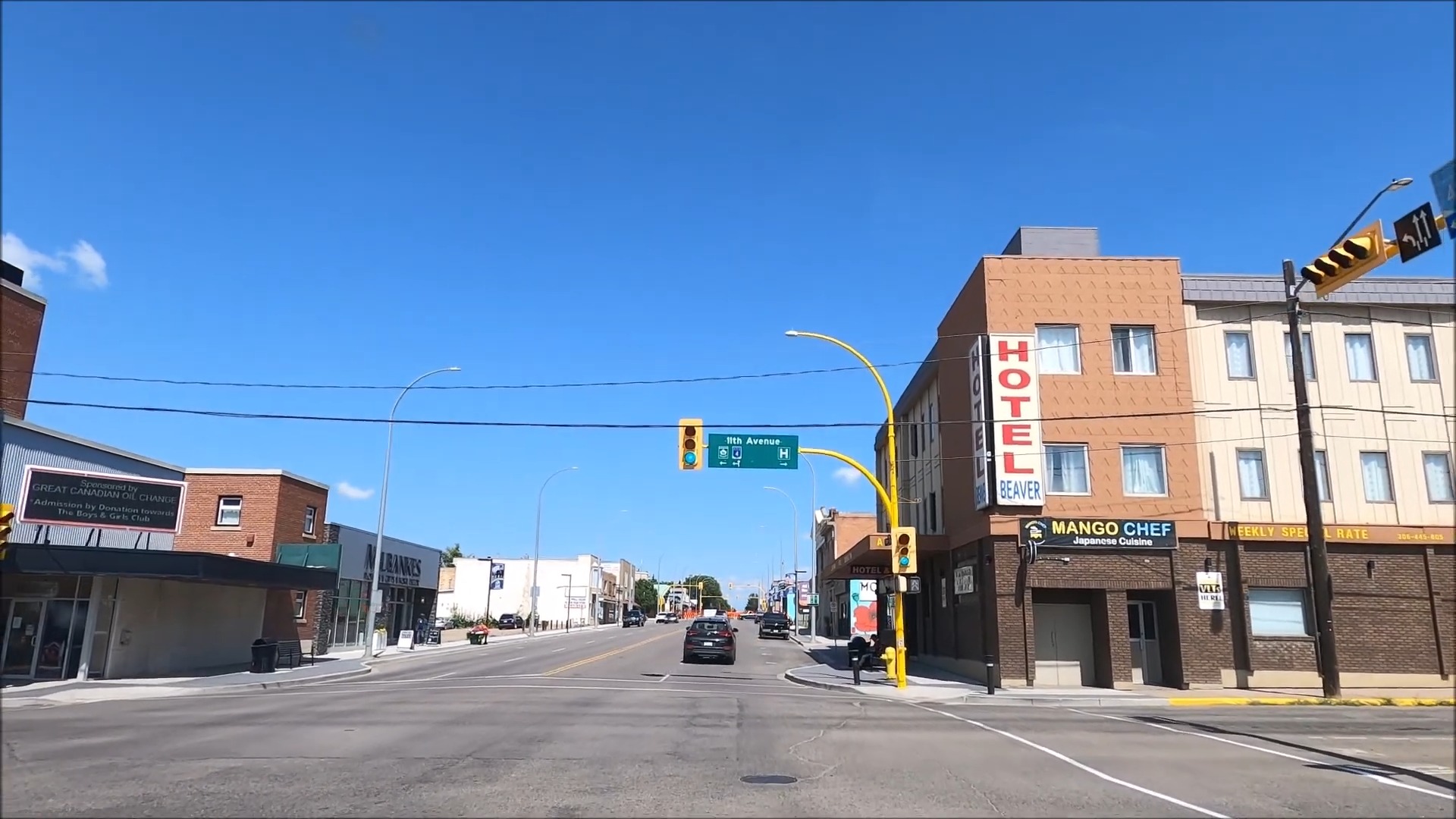
- CSI Score: North Battleford has a staggering CSI of 385, making it the second most dangerous city in Canada.
- Common Crimes: The city, with a population of just over 14,000, sees a high number of assaults, frauds, drug offenses, firearm offenses, and robberies. According to CBC Breaking and entering, impaired driving, and other violent crimes are also prevalent.
Prince Albert
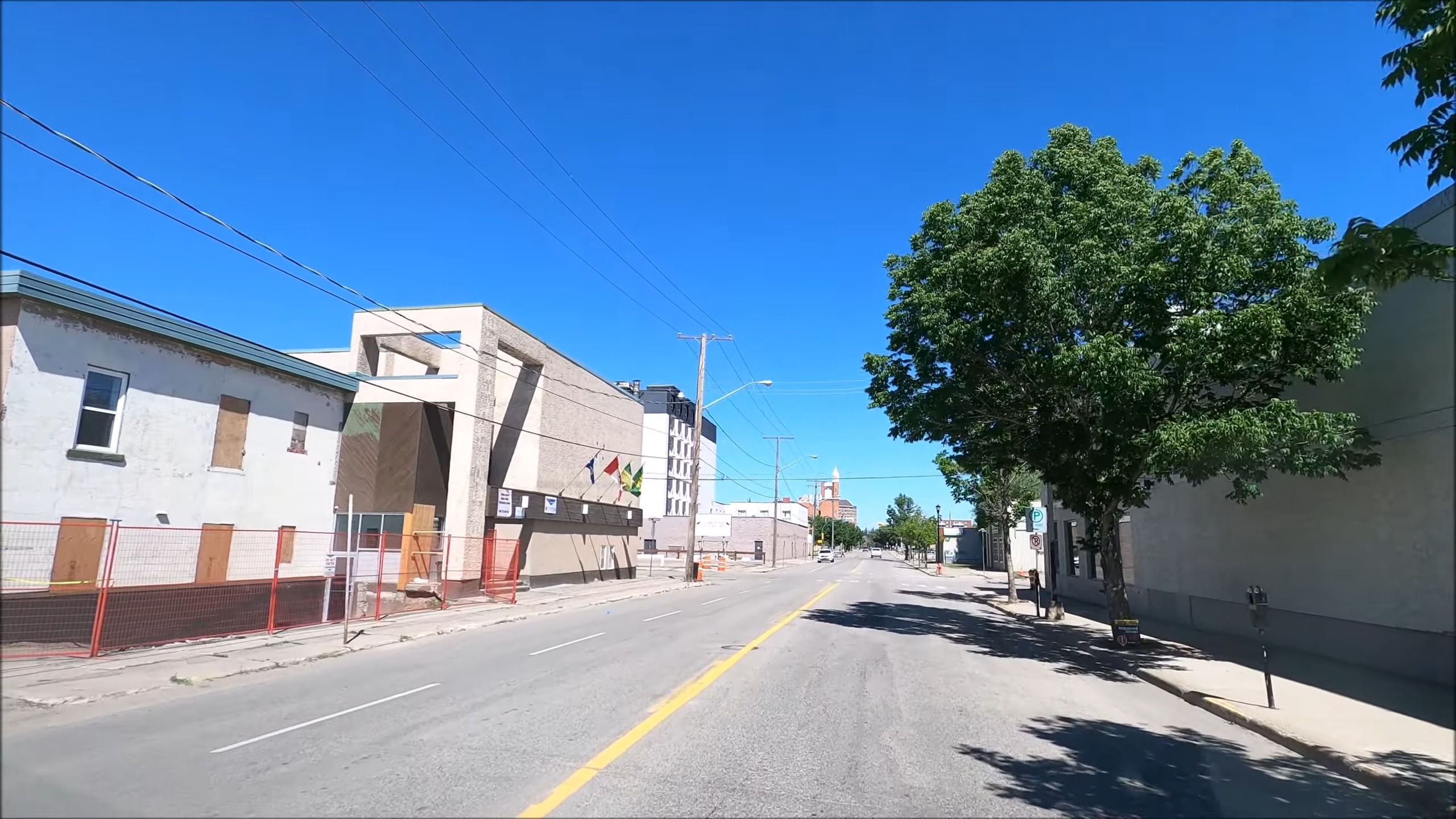
- CSI Score: Prince Albert and its surrounding areas have a CSI of 238, placing it fourth on the list of most dangerous places in Canada.
- Crime Trends: According to ResearchGate Over the past five years, the crime rate has surged by 43.84%. In 2019 alone, the city reported two homicides. Assaults, sexual assaults, and robberies are on the rise, while crimes like firearm offenses and youth crimes have seen a decline.
Yorkton
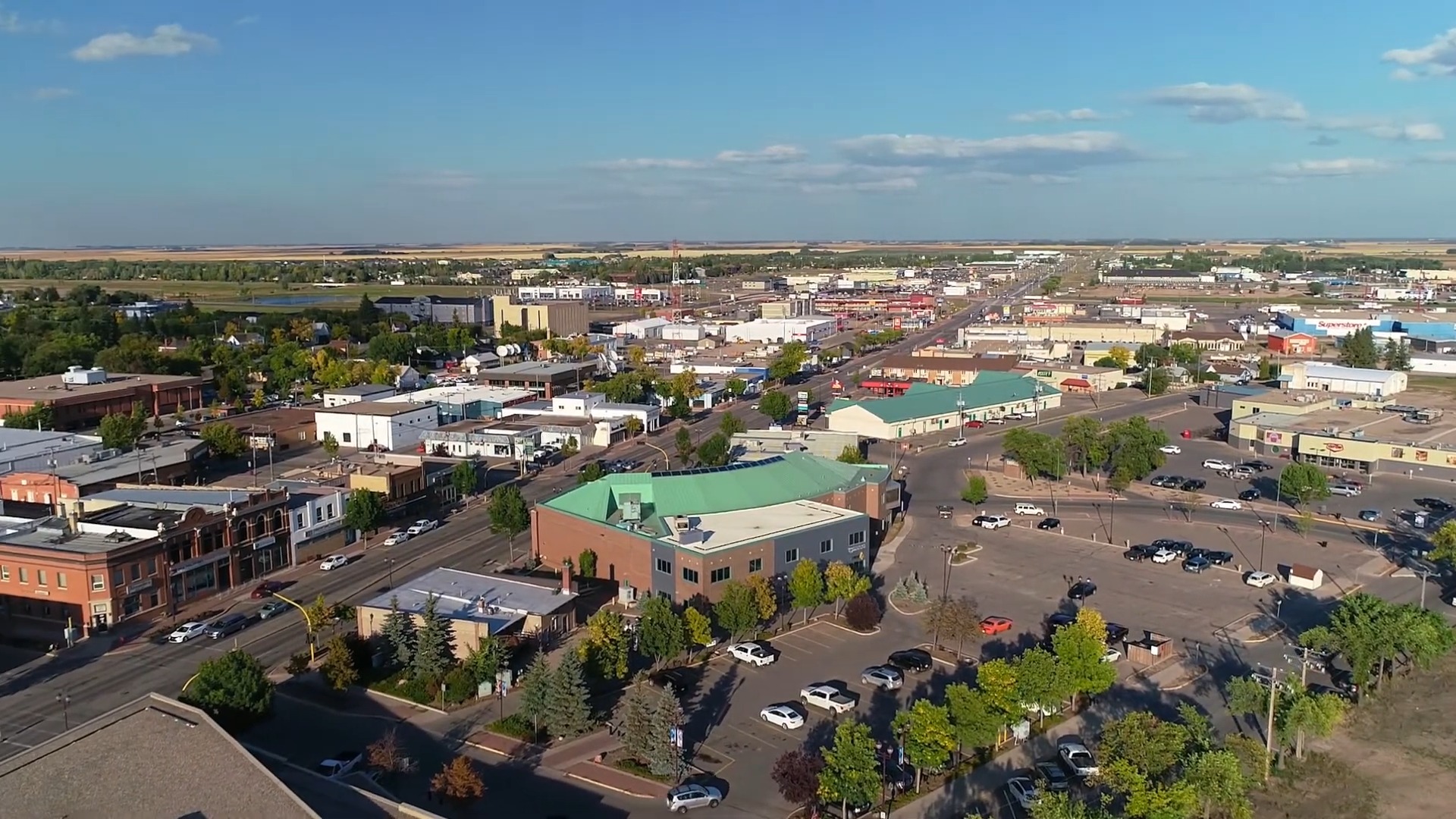
- CSI Score: Yorkton, with a population nearing 17,000, has a CSI of 151.
- Crime Landscape: The city has witnessed a 17.65% increase in its crime rate over the last five years. Fraud and impaired driving top the list of common crimes, followed closely by assaults, sexual assaults, robberies, and drug offenses.
Saskatoon

- CSI Score: Saskatoon, one of the largest cities in Saskatchewan, has a CSI of 133.
- Crime Details: According to Justice.Gc The city ranks 23rd in terms of all crimes in Canada. Homicides, breaking and entering, robberies, assaults, firearm offenses, and impaired driving are prevalent. The city’s crime rate has seen a 20.77% increase since 2013.
Regina
- CSI Score: Regina, the capital city of Saskatchewan, has a CSI of 132.
- Crime Statistics: The city has witnessed a 21.58% rise in its CSI since 2013. In 2019, Regina reported five homicides, 1,288 assaults, 190 sexual assaults, and 273 robberies. Breaking and entering incidents numbered 2,156.
Factors Contributing to High Crime Rates
While the statistics paint a clear picture, it’s essential to understand the underlying factors contributing to Saskatchewan’s high crime rates.
Economic Factors
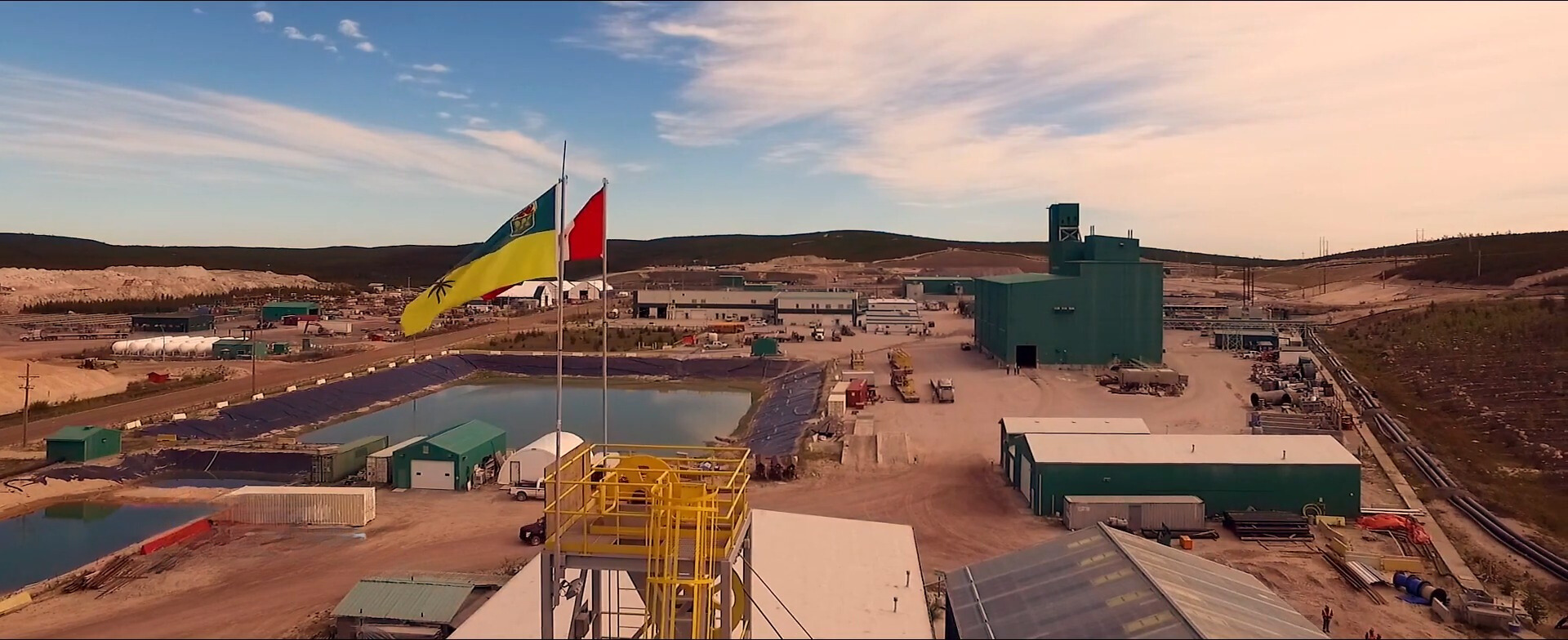
Unemployment: According to Statistique Canada Economic downturns often correlate with spikes in crime. Saskatchewan has faced economic challenges in recent years, leading to higher unemployment rates. Joblessness can sometimes lead to increased criminal activity as individuals struggle to make ends meet.
Income Inequality: Areas with significant income disparities often see higher crime rates. Saskatchewan, with its mix of affluent urban centers and struggling rural areas, is no exception.
Social Factors
Substance Abuse: According to the Canadian Centre on Substance Use and Addiction, provinces with higher rates of substance abuse often correlate with higher crime rates. Saskatchewan has been grappling with substance abuse issues, particularly with opioids and methamphetamines.
Gang Activity: According to CBC Gang-related violence has been on the rise in Saskatchewan. Cities like Regina and Saskatoon have seen an uptick in gang activity, leading to more violent crimes, including shootings and homicides.
Geographical Factors

Rural Crime: Saskatchewan’s vast rural areas have seen a rise in crimes, particularly property crimes. The vast distances and isolated communities can make it challenging for law enforcement to respond promptly, leading to an increase in unsolved cases.
Efforts to Combat Crime
Despite the grim statistics, Saskatchewan has been proactive in addressing its crime issues.
Community Policing
Many cities in Saskatchewan have adopted community policing models. This approach fosters a partnership between the police and the community, ensuring that law enforcement is more in tune with the community’s needs.
Youth Programs
Recognizing that prevention is better than cure, Saskatchewan has invested in youth programs aimed at keeping young people off the streets and providing them with constructive outlets. Programs focused on sports, arts, and mentorship have been particularly successful.
Efforts are being made to ensure that those who have been incarcerated have a clear path to reintegration into society. This includes job training programs, counseling, and substance abuse programs.
Other Provinces with High Crime Rates
According to ADT (now Telus) Canada Home Security Systems, while Saskatchewan has the highest CSI, other provinces like Manitoba (125.23) and Alberta (107.36) also report high crime rates. Interestingly, New Brunswick and Nova Scotia, despite having relatively low CSIs, saw an increase in their crime rates from 2019 to 2020.
Violent Crime Rates
Saskatchewan, Manitoba, and Alberta also report significantly higher violent crime rates than the national average. Notably, Nova Scotia experienced an 18.5% increase in violent crime in 2020.
Manitoba: A Close Second
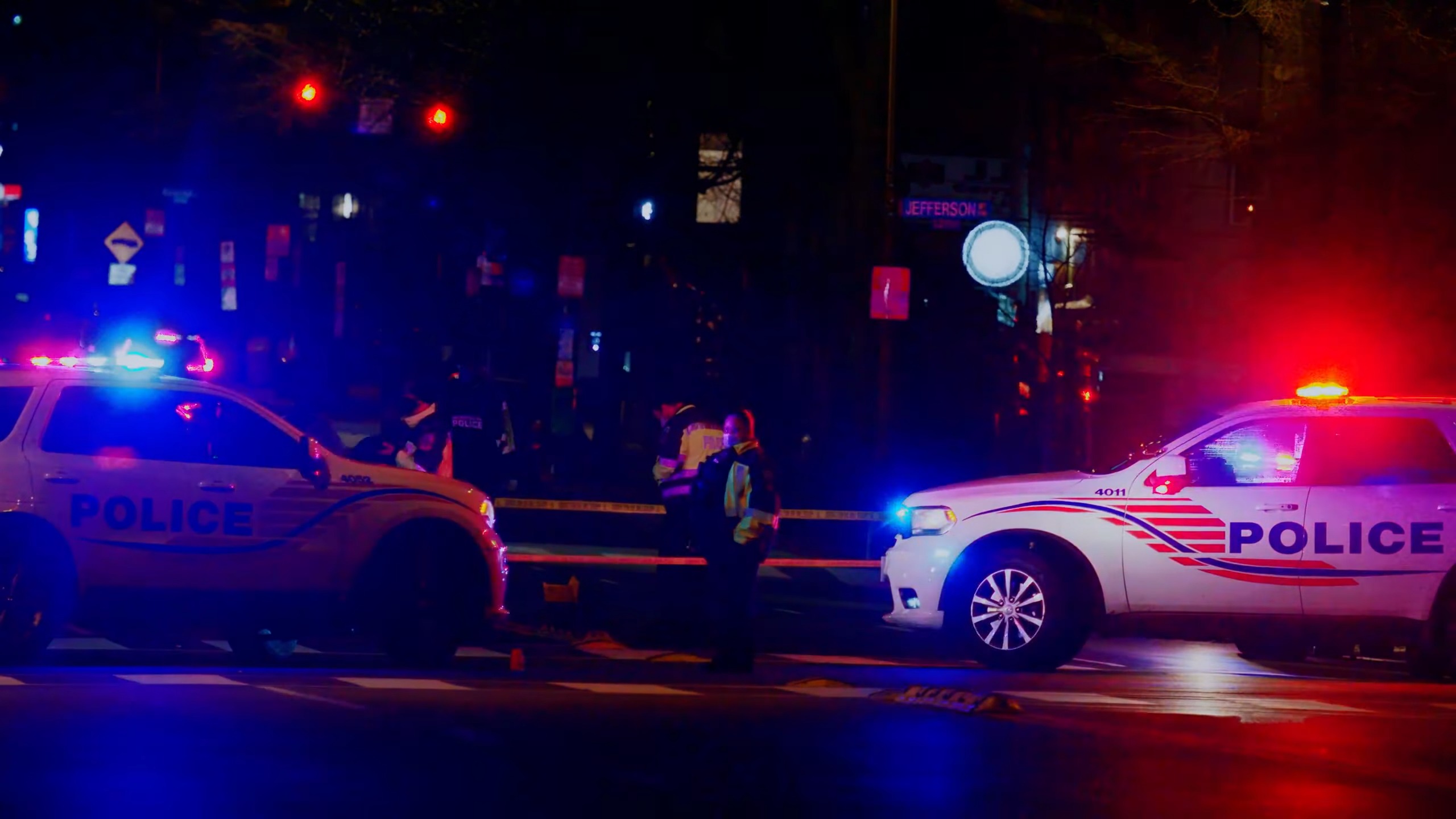
According to Core.ac Manitoba, with a CSI of 125.23, is another province that has garnered attention for its crime rates. The province’s capital, Winnipeg, has often been in the spotlight for its high crime rates, particularly violent crimes.
Factors Contributing to Manitoba’s Crime Rates
- Gang Activity: Winnipeg has seen an increase in gang-related violence, which has significantly contributed to the province’s overall crime rates.
- Substance Abuse: Similar to Saskatchewan, Manitoba has been battling a methamphetamine crisis, leading to a surge in drug-related crimes.
- Economic Challenges: Parts of Manitoba, especially northern regions, face economic hardships, which can correlate with higher crime rates.
Alberta: The Economic Powerhouse with a Crime Problem
According to ResearchGate Alberta, known for its oil sands and booming economy, has a CSI of 107.36. Cities like Edmonton and Calgary have seen spikes in certain types of crimes in recent years.
Reasons for Alberta’s Crime Rates
- Economic Downturn: The oil crisis impacted Alberta’s economy, leading to job losses and economic instability, which can sometimes correlate with increased crime.
- Rural Crime: Alberta’s vast rural areas have seen a rise in property crimes, with farmers and rural residents voicing concerns about safety.
- Vehicle Thefts: Cities like Calgary have seen a significant rise in vehicle thefts in recent years, contributing to the province’s overall crime statistics.
New Brunswick and Nova Scotia: The Rising Concern
While both New Brunswick and Nova Scotia have relatively low CSIs, the increase in their crime rates from 2019 to 2020 is concerning.
Factors in the Maritime Provinces
- Economic Factors: Both provinces have faced economic challenges, with industries like fishing and tourism facing downturns.
- Drug-related Crimes: According to NCBI The opioid crisis has not spared the Maritimes, leading to an increase in drug-related offenses.
- Domestic Violence: There has been a noted increase in cases of domestic violence, particularly during the pandemic.
Violent Crime Rates Across Provinces

While Saskatchewan tops the list, both Manitoba and Alberta have reported higher violent crime rates than the national average. The surge in violent crimes in provinces like Nova Scotia, which experienced an 18.5% increase in 2020, indicates that this is a nationwide concern that needs addressing.
Addressing the Issue
- Community Engagement: Provinces are increasingly looking towards community engagement as a solution, involving residents in crime prevention strategies.
- Youth Programs: Investing in the youth, providing them with opportunities and constructive outlets, can help in long-term crime reduction.
- Law Enforcement Strategies: Provinces are also investing in better training for law enforcement officials and adopting data-driven approaches to crime prevention.
FAQs
How does Canada’s crime rate compare to other countries?
Canada ranks as the 6th safest country globally, indicating a relatively low crime rate compared to many other nations. However, like any country, there are regional variations.
Are tourists at risk when visiting these provinces with high crime rates?
While some areas have higher crime rates, most tourist destinations are safe. It’s always a good idea to research and take standard precautions, like in any other country.
How do the territories (Yukon, Northwest Territories, Nunavut) fare in terms of crime?
The territories have unique challenges, often related to their remote nature. While they might have specific issues, like substance abuse, their overall crime rates vary.
What measures are being taken to reduce youth crime in Canada?
Canada has been investing in youth programs, focusing on sports, arts, mentorship, and community engagement, to provide constructive outlets and reduce youth crime.
How has the pandemic affected crime rates in Canada?
The pandemic led to a decline in certain types of crimes, like burglaries, due to lockdowns. However, domestic violence cases saw an uptick in some regions.
Conclusion
While certain provinces have higher crime rates, it’s essential to remember that Canada remains one of the safest countries globally. By understanding the factors contributing to these crime rates and implementing effective strategies, there’s hope for a safer future for all Canadians.

